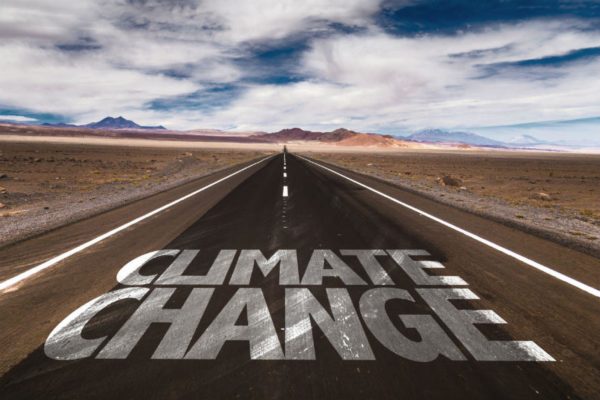In a climactic scene in the 1983 movie “WarGames,” as the supercomputer rushes to find a pattern of missile launches that would win a nuclear war with the Soviet Union, the protagonist has the computer play tic-tac-toe against itself. After learning that neither side ever wins in tic-tac-toe, the computer recognizes the analogy to nuclear war and decides not to launch a strike.
Usually a gifted writer finds analogies that are perfect learning opportunities, but COVID-19 can help us learn our lesson about another potential catastrophe — climate change.
The pandemic has several key properties. Without good social distancing behaviors, the growth of the number of cases is exponential. There is also a delay of about two weeks from the behaviors people engage in and the time it takes for people to get diagnosed with the disease. So, when regions relax their social distancing measures, it takes a few weeks before the cases start to be recorded.
Finally, exponential growth is hard to detect at first because early on when you plot the growth in cases over time, it is hard to tell the difference between exponential growth and straight line growth. Unfortunately, by the time you really can tell the difference between them, the number of cases is growing very quickly.
This combination of factors contributed to the recent surge in COVID-19 cases in many states. Governors and local officials began relaxing social distancing rules. For about a month, cases in those states rose slowly in ways that could easily have been interpreted as demonstrating that the increased social contact was not contributing significantly to the spread of the disease.
Now we know that it has — to the point where many states that had taken a relaxed attitude toward the pandemic are placing restrictions on business openings and are requiring people to wear masks in public.
Even if people do start engaging in more social distancing now, it will be a few weeks before the growth in the number of cases starts to flatten out, because our current behavior affects the cases we are able to detect in about two weeks. And — knowing what we do now — it probably would have been best if we had acted more quickly to get people to wear masks in public and to keep their distance from other people.
This situation is an excellent analogy to climate change. Increasing greenhouse gas emissions are leading to an exponential increase in temperature on Earth. The effects of climate change are delayed, though, so the greenhouse gases released now have their impact on climate in the future. For years, temperatures have been rising slowly, in ways that were hard to distinguish from simple linear growth, but now they are growing more quickly. Yet, people have not been willing to change their individual behavior much, and governments have been reluctant to pursue environmentally friendly policies.
The critical lesson is that we do not have to wait for more evidence that we are in an exponential growth situation before acting to protect the climate. Because of the lag between action and effect, we need to take steps now to reduce our carbon footprint.
In addition, like the pandemic, it is the collective action of the world community that is required. That means we need to put social pressure on other countries to reduce emissions even as we take steps ourselves. Reengaging with the Paris Agreement would be a step in that direction. Just as many governors have reversed course on relaxing social distancing guidelines in the face of new infections, the United States must admit that we have not taken climate change seriously enough while there is still time to prevent catastrophe.
Ultimately, the pandemic has taught us that changing behavior only after the growth in cases is clearly exponential has made it difficult to get the number of new cases under control and has threatened to overrun the capacity of hospitals in many regions.
Will we be able to apply this logic to climate change before it is too late? Perhaps we can take time during the pandemic to start flattening the climate change curve.
Art Markman is a professor of psychology and marketing and executive director of the IC2 Institute at The University of Texas at Austin. He is the author of “Smart Thinking,” which explores the role of analogies in effective thought.
A version of this op-ed appeared in the San Antonio Express News.




